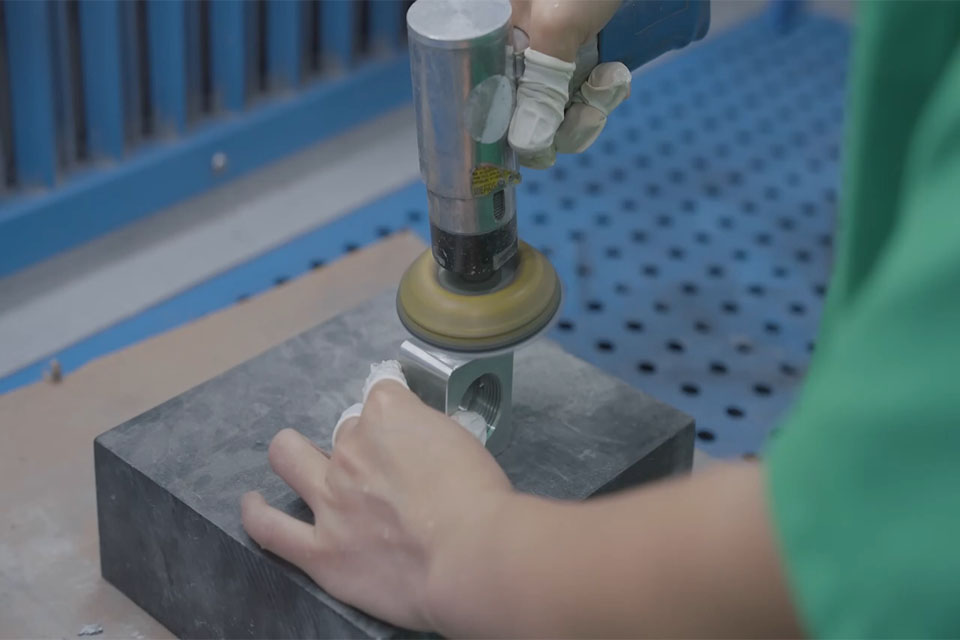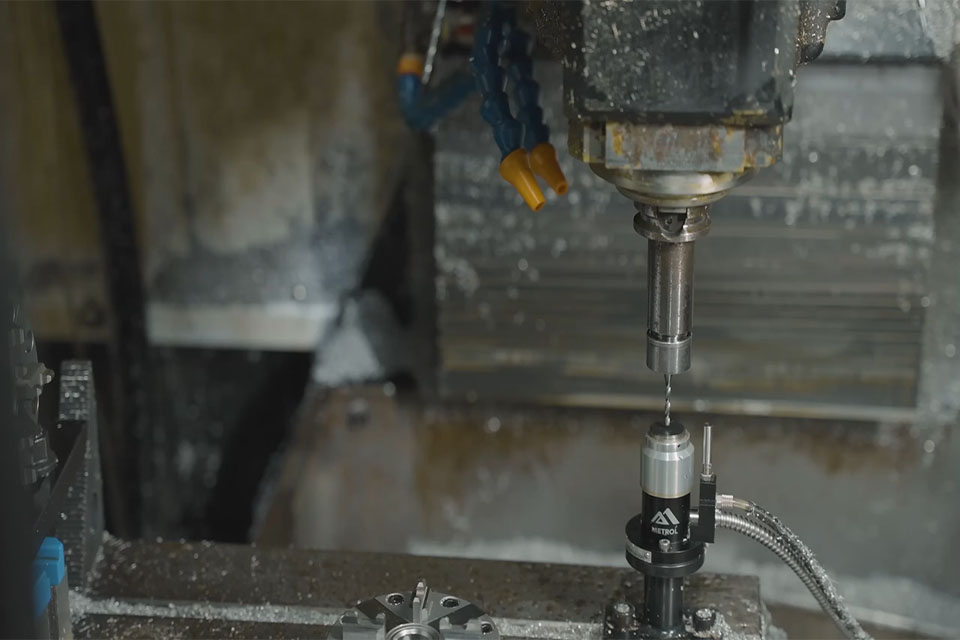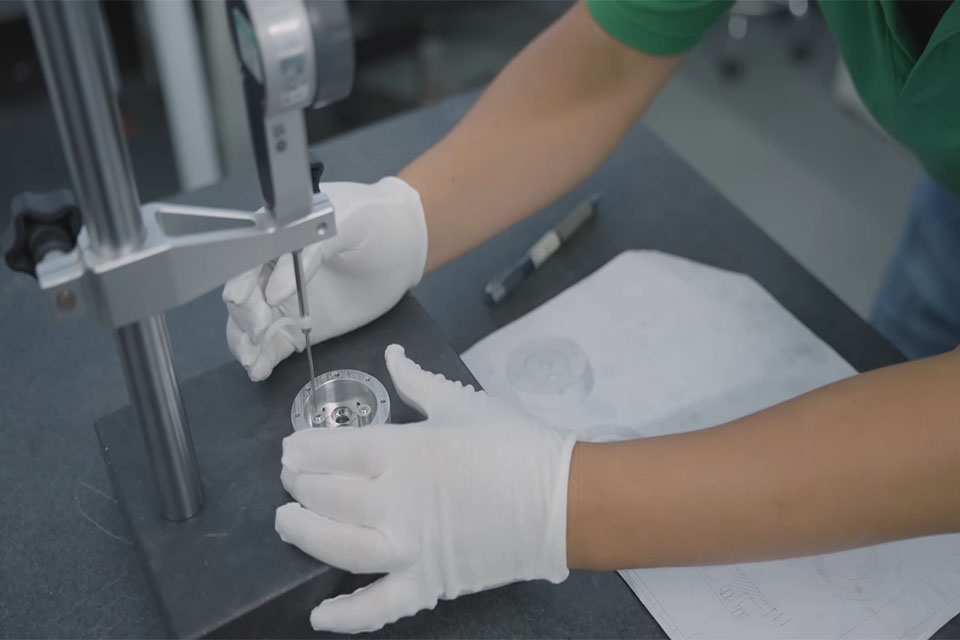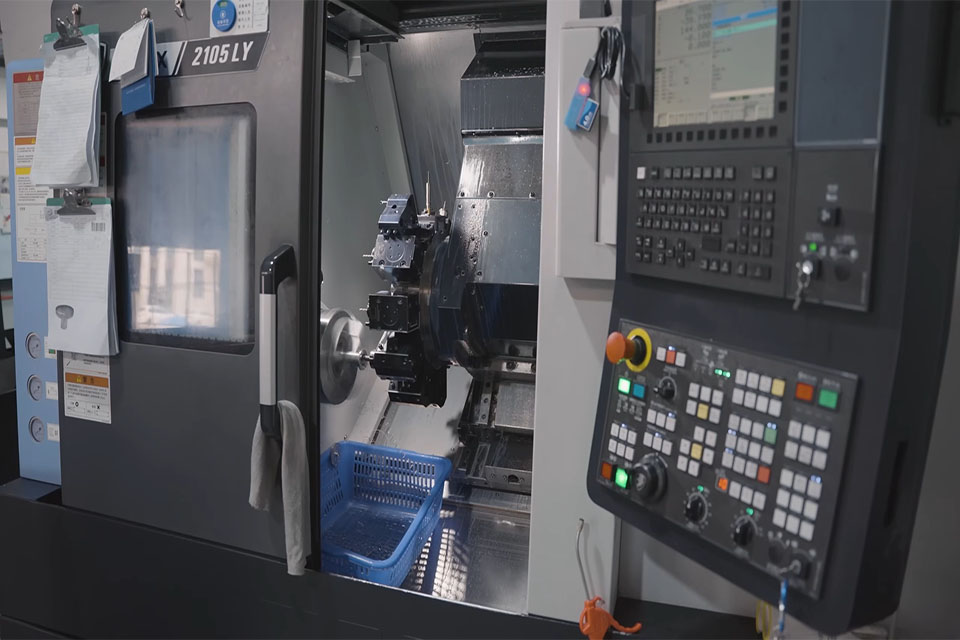
- +8615586668226
- [email protected]
- Hongbang ipari park, 30. szám, Shenzhen

Nickel plating involves depositing a thin layer of nickel onto a base material, typically metal or plastic. This process can be achieved through two primary methods:
Both methods enhance corrosion resistance, wear resistance, and visual appeal, making nickel plating ideal for functional and decorative purposes alike.
The origins of nickel plating date back to the early 19th century when Luigi Brugnatelli conducted one of the first experiments. Later advancements, such as the invention of the Watts bath in 1916, revolutionized the process, enabling consistent and high-quality coatings. Today, innovations continue to refine nickel plating for modern industrial demands.
The nickel plating process involves several critical stages:
Each step ensures a durable and visually appealing finish.

Why choose nickel plating? Here are some key advantages:
The success of nickel plating depends on a precise blend of chemicals:
| Kémiai | Funkció |
|---|---|
| Nickel Sulfate | Supplies nickel ions for consistent deposition. |
| Nickel Chloride | Maintains nickel levels during plating. |
| Boric Acid | Stabilizes pH for better adhesion. |
| Sodium Hypophosphite | Enables electroless plating without electricity. |
| Brighteners | Enhances reflectiveness for a polished look. |

When deciding between these methods, consider the following factors:
| Módszer | Előnyök | Hátrányok |
|---|---|---|
| Electrolytic Plating | Economical, adjustable brightness | May lack uniformity on complex shapes |
| Elektrolízis bevonatolás | Consistent thickness, high durability | Higher cost, strict bath control |
For intricate parts requiring uniform coverage, electroless plating is often the better choice. For large-scale production with a focus on aesthetics, electrolytic plating shines.
Nickel plating serves a wide range of industries:
A CNC megmunkálás offer tailored nickel plating solutions for various sectors, ensuring precision and quality.

To achieve optimal results, avoid these pitfalls:
The cost of nickel plating varies based on:
On average, the process takes 30 minutes to several hours, depending on the complexity and desired finish.
While nickel plating is safe when handled properly, precautions include:
For maintenance, clean plated surfaces with mild soap and water, avoiding abrasive chemicals. Regular inspections help identify wear and prevent long-term damage.

Adhering to standards like ISO 4527 ensures consistent quality and performance. These guidelines cover coating thickness, adhesion, and corrosion resistance, making them essential for industries like aerospace and automotive.
Nickel plating is a powerful tool for enhancing both the functionality and appearance of products. By understanding the process, benefits, and best practices, you can make informed decisions that meet your specific needs. Whether you’re in repülőgépipar, autóipari, vagy fogyasztási cikkek, a mi CNC gyártási szolgáltatások provide expert nickel plating solutions tailored to your requirements.
Does Nickel Plating Crack?
Yes, under stress or improper conditions, but proper preparation minimizes risks.
Does Nickel Plating Rust?
No, but underlying metals may corrode if the plating is damaged.
Is Nickel Plating Toxic?
Generally safe for use, though prolonged skin contact may cause sensitivity.
Can You Polish a Nickel Plate?
Yes, use non-abrasive polish and a soft cloth for best results.
Can Nickel Plating Be Repaired?
Yes, minor scratches can be polished, while deeper damage may require re-plating.

Blogunkból értesülhet a CNC-gyártással kapcsolatos legújabb trendekről és tényekről.
Shenzhen Runkey Precision Technology Co. Ltd, a Tensun Group leányvállalata, az Ön megbízható egyablakos megoldása az egyedi gyártáshoz a prototípusoktól a gyártásig.Az Ön ötlete digitális gyártási erőforrásokkal, egyszerűsített folyamatokkal, szakértői útmutatással, gyorsított határidőkkel és kompromisszumok nélküli minőséggel válik valósággá.
©2024. CNC Fabrication Minden jog fenntartva.